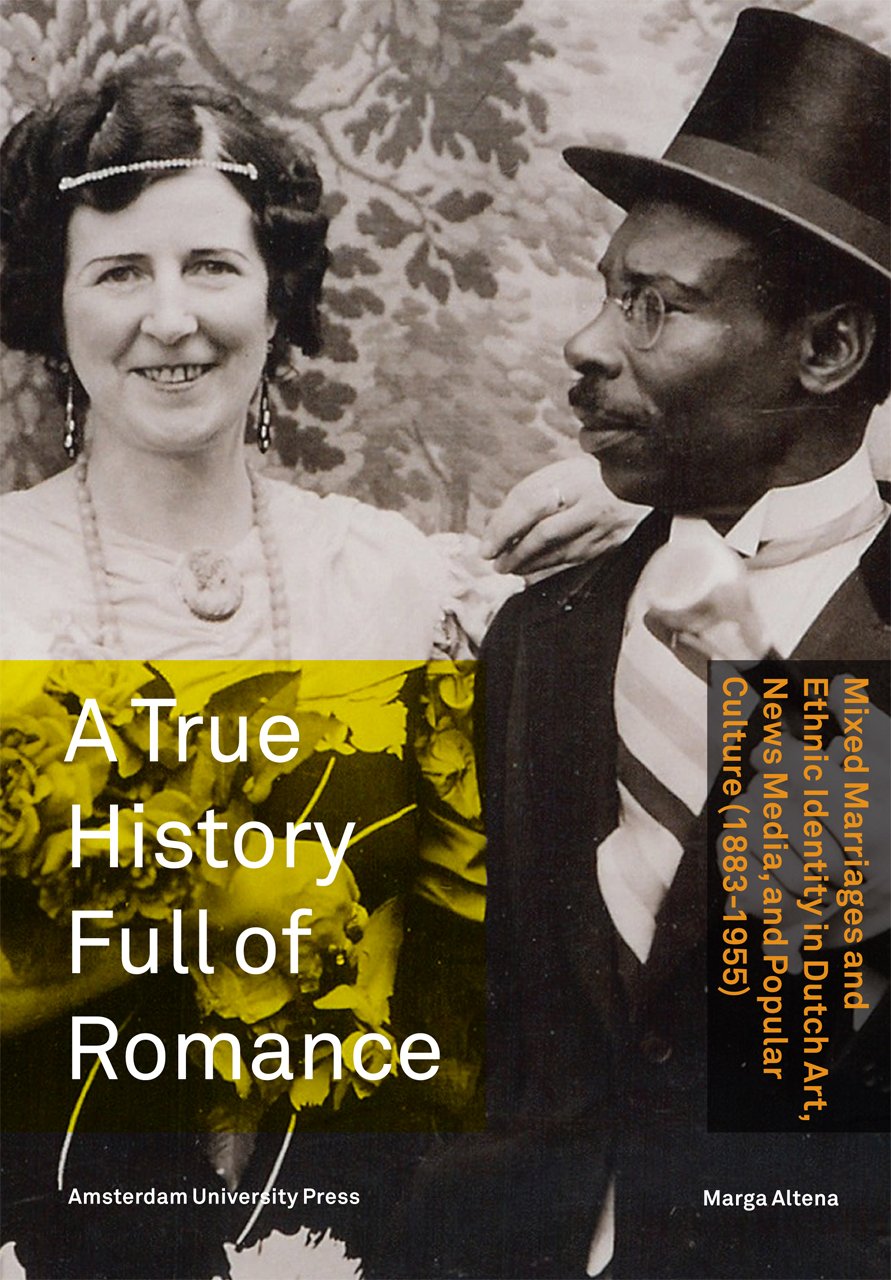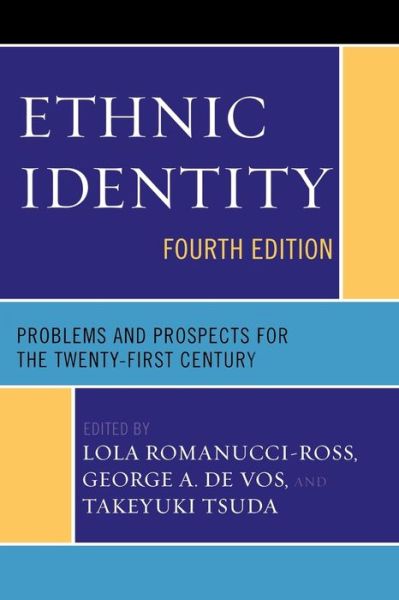Overseas adoptions rise — for black American children
Cable News Network (CNN)
2013-09-17
Sophie Brown
Editor’s note: In this series, CNN investigates international adoption, hearing from families, children and key experts on its decline, and whether the trend could — or should — be reversed.
(CNN) — Elisa van Meurs grew up with a Polish au pair, speaks fluent Dutch and English and loves horseback riding — her favorite horse is called Kiki but she also rides Pippi Longstocking, James Bond, and Robin Hood.
She plays tennis and ice hockey, and in the summer likes visiting her grandmother in the Swiss Alps.
“It’s really nice to go there because you can walk in the mountains and you can mountain bike … you can see Edelweiss sometimes,” said the 13-year-old, referring to the famous mountain flower that blooms above the tree line.
It’s a privileged life unlike that of her birth mother, a woman of African American descent from Indianapolis who had her first child at age 15. Her American family is “really nice but they don’t have a lot of money to do stuff,” said Elisa, who met her birth mother, and two siblings in 2011. “They were not so rich.”…
…Escape from racism
When Susan, a Florida resident, chose to place her son for adoption in 2006, the social worker gave her three binders with information about three prospective families. But she only needed to see the first binder of a couple from the Netherlands to make her decision. “If my mother had lived, she’d look just like (the prospective Dutch mother),” recalled the 37 year old, who asked that her last name not be used. Her own mother died when she was two months old.
Susan also wanted her son to grow up far away from the life she knew. She was a 30-year-old prostitute addicted to crack beginning a prison sentence when she learned she was pregnant. She did not know whether the child’s father was a man who raped her “for hours” or a drug dealer whom she “had done something with” one time, she said. But both men were African American, and she believed the child would face discrimination growing up in the United States.
“There’s too much prejudice over here. The white people are going to hate him because he’s half black, and the majority of black people are going to hate on him because he’s half white,” said Susan, who is Caucasian. “And then he’ll have to do extra things to prove what kind of a Negro he is, and extra things to prove what kind of a honky he is and I don’t want that. I did not want that for my kid.”
Even her own daughter, then aged 11, said “she would never accept that n***** child.”
Susan is not alone, says Adam Pertman, Executive Director of the Donaldson Adoption Institute and author of “Adoption Nation.” Many birth mothers have a perception that their black or mixed-race children will not face the same race issues in the Netherlands as in the United States.
“In the United States, as much as Americans want to believe it’s not true, we are still a country where there is a least some degree of racial prejudice. The birth mothers’ perception of Holland, in particular, was that the same was not true in Holland. There’s that feeling that maybe we can escape those issues if (the child is) somewhere else.”…
Read the entire article here.




